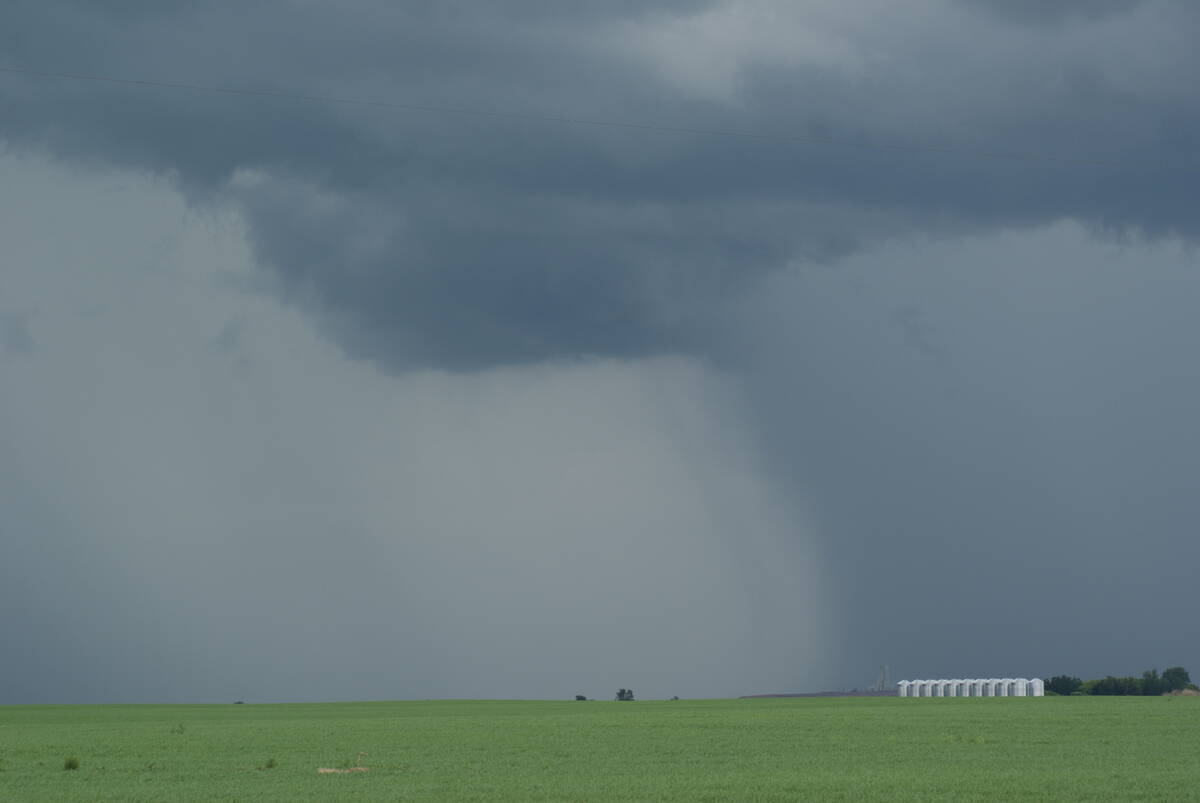Now that we know more about how the Surplus Food Rescue program will work, there should be a recognition for its need beyond the COVID-19 pandemic.
The program was announced as part of Ottawa’s response to the COVID-19 pandemic and comes with $50 million in funding to help move extra food to vulnerable Canadians.
First announced in early May, it would have been nice to see the federal government unveil the details sooner. Now that those details are available, there is clear indication the program has the potential to be a significant force in combatting food insecurity.
Read Also

Canadian farmers need new tools to support on-farm innovation
Farmers need a risk management buffer that actually works and investment that drives advancements forward if Canada is to build resilience.
If successful, it will benefit at least some of the four million Canadians who are food insecure. The added plus is that it will also support producers, particularly those with nowhere to send their perishable commodities.
But even if the benefit to producers is minimal, its purpose of helping feed Canadians who would otherwise not be fed is admirable, needed and enough to push for it to be made permanent.
It is worth noting the benefit to producers here may be fairly minimal. Potato producers alone are sitting on $200 million worth of product, and the money now available to purchase at least some of those will only be spent if the cost is below retail value.
At best, producers involved in the program can expect to have their cost of production covered. More likely, they can expect to see their losses slightly mitigated as a result of selling their products through the program. The program should not be seen, as the federal Liberals promote it, as a major support for agriculture producers because it simply isn’t.
That doesn’t mean it doesn’t have positives. Retaining some money is better than nothing.
And of course, feeding Canadians who need it the most is about the most admirable way a producer can go about losing money.
So while Prime Minister Justin Trudeau is pitching the program as a “win-win” because farmers will have people buy their goods while food is getting on the plates of families who need it, I’d consider it closer to a tie for producers than a win.
In any case, the idea of the government buying otherwise wasted food and giving it to those who need it is a great one. It’s a shame it took a global pandemic to usher in a program that will do that.
It’s not an original idea. The United States has a program in which it buys surplus food and redirects it to organizations offering school lunch programs or meals to the homeless.
The idea is a bit of an industry in itself in the U.S., going so far as to offer things like loans to help with on-farm storage to reduce post-harvest losses and streamlining restrictions on mislabelled meat and poultry products to ensure they can be donated.
The United States Department of Agriculture also works to connect produce importers with charitable groups to guide damaged products away from trash bins and toward people who need the food, no matter what it looks like.
The measures south of the border can be considered as a form of government subsidy for farmers, given the products are provided a market by the government in instances where there would otherwise be no market.
The Canadian program is in its infancy, but here is hoping it sticks around and can grow to further support food insecure households.
Maybe one day it can support farmers in a substantial way, too.
D.C. Fraser is Glacier Farm Media’s Ottawa correspondent. Reach out to him by emailing dfraser@farmmedia.com.















